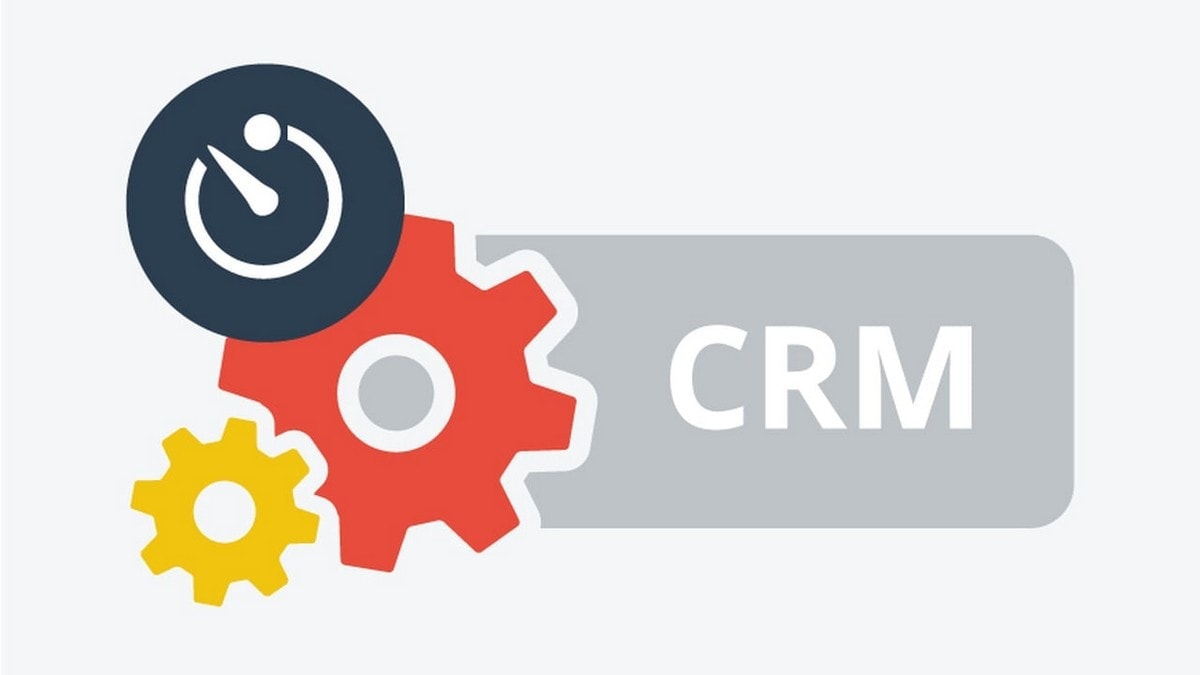
19 different types of Target markets based on segmentation
Home » Marketing » 19 different types of target markets based on segmentation
19 different types of target markets based on segmentation
January 5, 2021 By Hitesh Bhasin Tagged With: Marketing
Once you have done your segmentation (via the different types of segmentation), you will land up with a target market. Now, based on your segmentation, the characteristics of these target markets might vary.
If you are doing demographic segmentation, then the target market can be based on income or it can be based on Gender or even age.
If you are doing a psychographic segmentation, then the type of target market can be based on the consumers activities interests and opinions.
Thus based on the type of segmentation, the type of target market varies. Here are 22 different types of target market based on segmentation.
Table of Contents
When the segmentation is by Demography, there are 9 types of target market possible
- Age – The target market can be on the basis of age. Best example is clothes which are different based on the age of the individual.
- Gender – Taking the same clothes example, if you have decided that you want to market to only one gender, then your target market will differ based on the 2 genders out there. Naturally, your products will differ accordingly.
- Race – A lot of decisions are made by an individual based on where he originates from. Race makes a lot of influence on purchasing decisions. So an Asian customer will have a different purchasing behavior then an American.
- Income – Rolex is a good example of making generic products but keeping the target market based on income. Off course, income can be a psychographic factor too.
- Religion – Many people get confused between race and religion and you should not confuse the same. Taking the above example, Asians have diverse religions and each country you go to will have different religions. Similarly, thinking that Christians are one religion is also wrong. You will find many sub religions of Christianity. So if your target market is based on religion, you have to take decisions accordingly.
- Occupation – A medicine for allergy is not marketed to an engineer and similarly, a product which is targeted towards one occupation should not be targeted towards the other. This is where you should adhere to your target market.
- Family size – The Scorpio, Renault Duster or Toyota innova is mostly marketed to families which are large in size. Or where you have to travel in groups. Family size is another target market group.
- Geographic location – If a restaurant from which is close to your home, is marketing to people who are far away from you, then the restaurant will fail in its business. It has to reach to the people who are closer because traveling time is important when considering which restaurant to have dinner in.
- Zip code – Many FMCG companies or small retailers and dealers target their customers based on zip code. Beyond that zip code is the territory of the competitor and they do not target that area.
Above were all the types of Target markets which are based on demography. But with rise in competition, there are other types of Segmentation which have gained prominence. Based on these types of segmentation, the target market varies too.
Target market based on Psychographic segmentation
- Consumer activities – Adidas, Reebok and Nike all market based on one consumer activity – Staying physically fit. With this ideology, Nike and Reebok have penetrated the market strongly for their sports shoes. These 3 are the top brands for this activity.
- Interests – If we continue with the shoes examples, then anyone who buys Jimmy Choo has the earnings to buy such premium brands and he is interested in collecting shoes as a commodity. Similarly, many people are interested in collecting antiques or stamps. In fact, If you target based on consumer interests, it can be a very profitable venture.
- Opinions – Which magazine do you read or blog you follow? If you ask this to every person out there, each one will answer different. This is because people follow things which in their opinion are good and people opinion varies at all time. Some people might thing Hollywood based magazines are crap whereas others might thing science and tech based blogs are useless.
Target market based on product usage
- Use on Occasions – One of the best brands which markets on the basis of Occasions is Cadbury Dairy milk. Think of a celebration and you will remember cadbury’s celebration chocolates. Cadbury has covered the gifting niche perfectly. Similarly, you can think of Archies and Hallmark cards which are used on Occasions and this is their target market.
- Use on situations – When do you use an Umbrella? Or when do you use a Sun screen? Both of them are used based on situations. You use an Umbrella when it is raining outside, and you use a sun screen when it is hot or too much sunny outside. So these are target markets based on situational usage.
- Usage type – Many customers use certain products lightly whereas others use it heavily. A residential printer of Hewlett packard will be much different and will have a different refilling mechanism then a printer being used by corporates (which has a drum cartridge mechanism) So based on different usage types, the target market can vary.
Target market based on Brand preference
I prefer only Dell Laptops. I have purchased 4 laptops till date and all have been from Dell. I have used different laptops which were owned by my friends, but I always liked the speed and usefulness of Dell. Now this is excellent brand loyalty from my part. So based on the brand preference, there are 3 types of customers you can market to.
- Brand loyal customers – Customers like me, who stick to a brand which is good and don’t keep changing.
- Brand aware customers – There are some customers who just keep changing at all times, and you need to target these customers to bring them back.
- Unaware customers – When you are yet to established yourself as a brand, this is your target market. Baidu is known in China, but it is unknown in many other countries.
Target market based on Decision process
The target market also varies on the type of decision. For example – the water purifiers which are marketed to businesses as well as to individuals. In case of individuals, they are consumer products and in case of individuals, the target market is Usage based.
In case of organization however, the decision process is completely different and might take some time. Marketing to OEM’s and Government is a type of target market which is based on decision making. Here the decisions are big and the order value is large. But the decision making is slow and tedious also.
As you can see, once your are done with the segmentation process, then you land up in targeting your customers. And with these many types of target markets, your planning needs to be in place so that you capture your target market. You cannot plan the same randomly. And this is where positioning also takes its part.
You have to target your market with the desired positioning in mind. Not all brands can be number 1, but sometimes, if you have limited resources, you will land up at number 5. Even that is a good position with lesser resources. So after targeting, your positioning and future strategy should be spot on to keep on growing over time.









